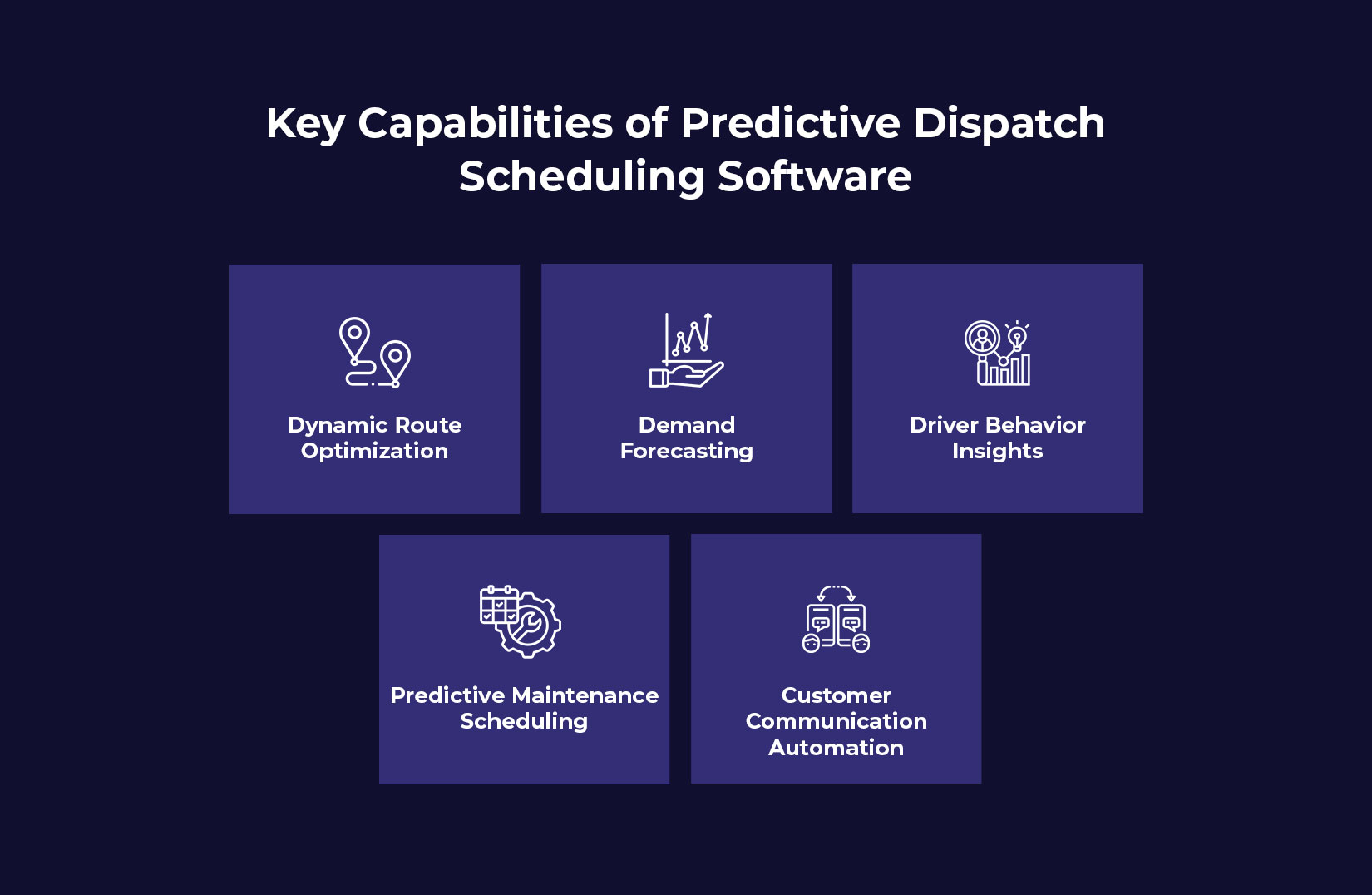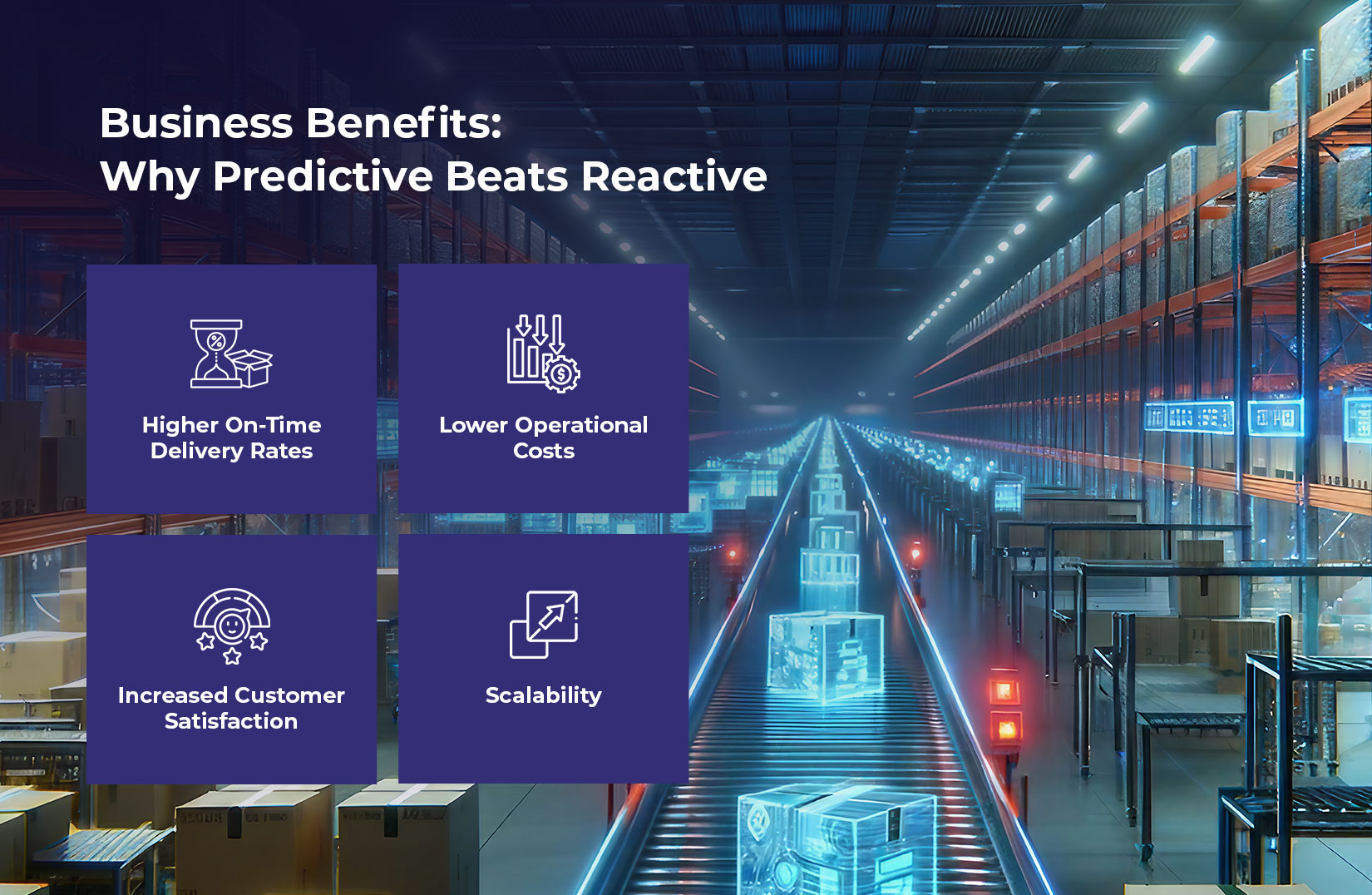
From Reactive to Predictive: The Evolution of Dispatch Scheduling Software
In today’s fast-moving logistics landscape, speed and precision are everything. Traditional dispatch methods, often reactive in nature, struggle to keep pace with increasing delivery volumes, dynamic customer expectations, and real-time operational complexities. The evolution of dispatch scheduling software has been nothing short of transformative. Moving from basic tools to advanced systems powered by AI and predictive analytics.
This blog explores how dispatch management has evolved over the years, why businesses are shifting from reactive to predictive models. And how adopting a robust dispatch scheduling solution can lead to better efficiency, reduced costs, and improved customer satisfaction.
The Old World: Manual and Reactive Dispatching
Historically, dispatching involved spreadsheets, phone calls and a dispatcher’s gut instinct. While functional for smaller operations, these methods were inherently reactive. Delays were often discovered after the fact, route changes caused confusion and last-minute adjustments led to miscommunication.
According to a McKinsey report, 70% of logistics costs are impacted scheduling and routing. The reliance on manual tools left businesses vulnerable to disruptions. Weather changes, traffic jams or vehicle breakdowns would derail entire schedules.
Phase One: Digitization and Rule-Based Automation
The first major step forward was the digital transformation of dispatching. With the introduction of dispatch software, teams began to automate basic processes such as assigning drivers, generating routes, and monitoring delivery status.
These early systems were rule-based: if X happens, do Y. While a step ahead of spreadsheets, this logic couldn’t handle real-time volatility or scale with growing demands. Dispatchers still had to monitor the system constantly and make judgment calls when unforeseen events occurred.
These systems laid the groundwork for the modern dispatch scheduling system. However, they still lacked the intelligence to predict and proactively respond to operational disruptions.
Phase Two: Real-Time Data and IoT Integration
As GPS, mobile devices, and IoT sensors became widespread, dispatch software began to integrate real-time tracking and monitoring. Fleets could now be viewed on live dashboards. Dispatchers gained visibility into traffic conditions, vehicle health, and delivery progress.
This real-time feedback loop significantly improved decision-making. But the system still required human interpretation and intervention. While smarter, it was still largely reactive.
Today’s Breakthrough: Predictive and AI-Powered Dispatch Scheduling
The modern dispatch scheduling software uses artificial intelligence and machine learning to predict problems before they occur. Instead of reacting to delays, predictive systems forecast them and suggest alternatives instantly.
For example, if traffic data and driver history suggest a route is prone to congestion at a certain time, the system will auto-adjust the schedule ahead of time. Similarly, predictive maintenance features can flag a vehicle at risk of breakdown, allowing fleet managers to reroute jobs proactively.
According to Deloitte, AI-powered logistics systems can reduce planning time by up to 80% and increase delivery reliability by over 25%. By combining historical data with real-time inputs, predictive dispatching transforms operations from firefighting to foresight.
Key Capabilities of Predictive Dispatch Scheduling Software

1. Dynamic Route Optimization:
Updates delivery routes in real time by analyzing traffic patterns, weather conditions, road closures, and construction zones. This ensures that drivers always take the most efficient paths, reducing delays, fuel consumption, and overall travel time.
2. Demand Forecasting:
Predicts upcoming delivery surges by analyzing historical data, seasonal trends, and customer demand. The system proactively adjusts resources such as drivers and vehicles to meet forecasted needs without compromising service levels.
3. Driver Behavior Insights:
Uses telematics and real-time data to assess driver performance, habits, and delivery history. Based on this information, it assigns the most suitable driver for each job to ensure safety and efficiency.
4. Predictive Maintenance Scheduling:
Monitors vehicle diagnostics continuously to detect wear and tear. This helps schedule maintenance before breakdowns occur, reducing unplanned downtime and costly repairs.
5. Customer Communication Automation:
Automatically sends customers timely updates, accurate estimated arrival times (ETAs), and delay alerts. This improves transparency, reduces uncertainty, and enhances customer satisfaction.
These features make modern dispatch scheduling solutions a critical competitive advantage for logistics and field service businesses.
Business Benefits: Why Predictive Beats Reactive

Shifting to predictive dispatching is not just about technology, it’s about outcomes. Businesses using advanced dispatch scheduling systems experience:
1. Higher On-Time Delivery Rates:
AI-driven dispatch scheduling software minimizes human errors in planning and improves route efficiency. By predicting traffic patterns and optimizing delivery windows, it ensures more deliveries arrive on time, even during peak hours or unexpected delays.
2. Low Operational Costs:
By optimizing routes and schedules, businesses save on fuel, reduce overtime pay, and minimize the number of missed or rescheduled deliveries. This leads to better resource utilization and improved profit margins.
3. Increased Customer Satisfaction:
Accurate ETAs and proactive communication reduce uncertainty for customers. Fewer delays and more reliable service contribute to stronger customer trust and retention.
4. Scalability:
As demand grows, automated systems efficiently manage increasing delivery volumes without needing additional dispatchers or support staff.
A survey by Gartner found that organizations using predictive dispatch tools saw a 30% improvement in service-level adherence within the first year.
Future Outlook: Toward Fully Autonomous Dispatching
We are only scratching the surface of predictive logistics. The next step is fully autonomous dispatching, where the system not only predicts issues but takes corrective action instantly, with minimal human oversight.
As AI continues to evolve, expect tighter coordination between dispatch software, autonomous vehicles, drones, and smart warehouses.
Conclusion
The shift from reactive to predictive dispatching marks a major milestone in logistics evolution. Today’s dispatch scheduling software isn’t just a tool—it’s a strategic asset. It enables businesses to anticipate problems, optimize resources, and deliver on customer promises with greater precision.
If you’re still relying on manual or rule-based systems, it’s time to explore a modern dispatch scheduling solution. The future of dispatch is proactive, data-driven, and intelligent and it’s already here. So what are you waiting for, click on the red button below and book a demo with LogiNext Solutions today.
55







@LogiNext